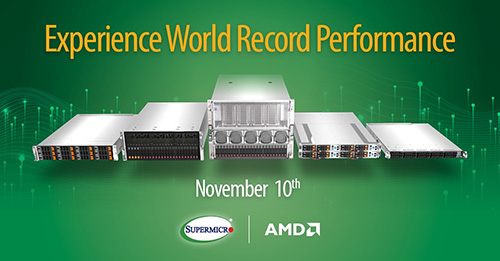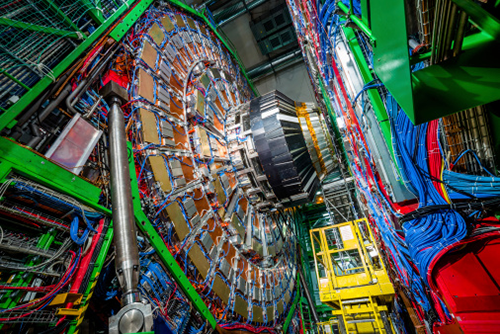Scientific Research Articles
- November 29, 2022
- Author: David Strom
The CPU package is configurable at time of purchase with various options that you can match up to the specific characteristics of your workloads. Ask yourself the three questions the story poses.
- November 26, 2022
- Author: David Strom
Energy company Petrobas, based in Brazil, is using high-performance computing techniques to aid it in its oil and gas exploration, especially in deep-water situations. Petrobas used system integrator Atos to provide more than 250 Supermicro SuperServers. The cluster is ranked 33 on the current top500 list and goes by the name Pegaso.
- October 28, 2022
- Author:
Join Supermicro online Nov. 10th to watch the unveiling of the company’s new A+ systems -- featuring next-generation AMD EPYC™ processors. They can't tell us any more right now. But you can register for a link to the event by scrolling down and signing-up on this page.
- September 22, 2022
- Author: David Strom
The Budapest Institute for Computer Science and Control (known as SZTAKI)
- September 15, 2022
- Author: David Strom
CERN is trying to discover what happened in the nanoseconds following the Big Bang that created all matter. It is manipulating data flows with custom AMD circuitry that slices up the Large Hadron Collider data into smaller pieces. “You need to get all the data pieces together in a single location because only then can you do a meaningful calculation on this stuff,” said Niko Neufeld, a CERN project leader. The effort entails rapid data processing, high-bandwidth access to lots of memory and very speedy I/O among many servers.
- August 18, 2022
- Author: David Strom
The Lawrence Livermore National Lababoratory chose to use a cluster of 120 servers running AMD EPYC™ processors with nearly 1,000 AMD Instinct™ GPU accelerators. The hardware, facilitated by Supermicro, was an excellent match for the molecular dynamics simulations required for the Lab's cutting-edge research, which combines machine learning with structural biology concepts.
- ‹ previous
- 2 of 2







